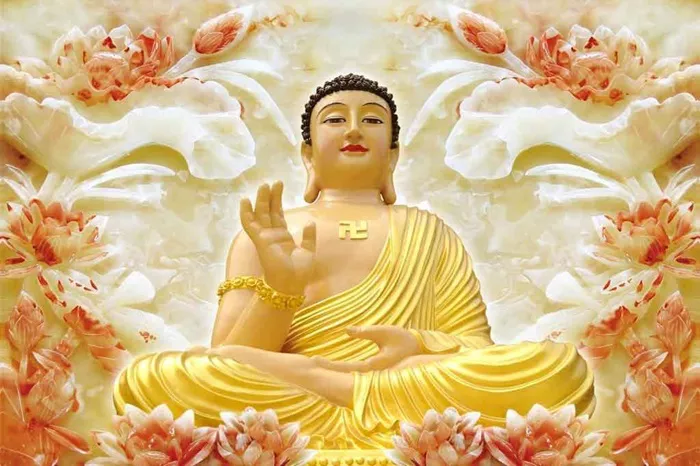The Seoul International Buddhist Expo 2025, held at the COEX Convention and Exhibition Center and Bongeunsa Temple in Gangnam District, Seoul, attracted more than 200,000 visitors, a record high in 45 years. This year’s expo theme, “Find Your Enlightenment! (Eightfold Path)”, aims to make Buddhist teachings more accessible to a younger group. It is worth mentioning that 76% of the 40,000 pre-registered visitors were from young people in their twenties and thirties.
An expo official said: “The enthusiastic participation of the younger generation and non-believers is a testament to the growing mainstream appeal of the festival. Currently, we are preparing for regional expansion and strive to elevate this event to a global Buddhist cultural festival.”
It is worth mentioning that the expo also invited DJ NewJeansNim to perform, who perfectly blended electronic dance music with Buddhist chants, attracting the attention of many young audiences. The integration of Buddhist themes into Korean pop culture has further stimulated the interest of young people.
Jennie, a member of the globally renowned K-pop music group BLACKPINK, released her solo single “ZEN” in January. The song incorporates Buddhist concepts such as meditation and enlightenment, with the imagery of the lotus in the music video symbolizing purity and spiritual awakening. This artistic choice was interpreted as a modern interpretation of traditional Korean culture, which resonated with audiences around the world.
Similarly, Jang Won-young of girl group IVE recommended Japanese monk Ryunosuke Koike’s “Buddha’s Words” on the TV show “You Quiz on the Block” in January this year. After her recommendation, the book’s sales increased 76 times and topped the bestseller charts of major bookstores in South Korea. Jang Won-young said the book’s teachings on “non-attachment” were a source of comfort for her during the pressures of her career, and emphasized the growing influence of Buddhist philosophy among young stars and their fans.
The rise of Buddhism-savvy influencers on social media has played a key role in making Buddhism more accessible to the younger generation. Master Beomjeong, also known as the “Flower Monk,” has amassed a large following by sharing insights on Buddhist teachings and monastic life on Instagram. His approachable demeanor and online presence challenged traditional perceptions of monastic asceticism and made Buddhist teachings more accessible to contemporary audiences.
While these modern approaches have been successful in attracting young people to Buddhism, they have also sparked a discussion in the Buddhist community about the balance between tradition and innovation. Some Buddhists worry that incorporating elements of pop culture could dilute the profundity of Buddhist teachings.
Lee Sang-hoon, president of the Korean Buddhist Professors Association, questioned Buddhism’s association with pop culture. “The strength of Buddhism lies in its classics,” Lee said. “We should think about whether phenomena like NewJeansNim or temple matchmaking events are simply an escape for disillusioned youth.”
Shin Jung-il, editor-in-chief of the Hyunbul News website, echoed the same concern: “There is a danger that people only focus on the surface of Buddhism. We risk turning the Dharma into a trendy consumer product and ignoring its deeper meaning.”
Others, on the other hand, believe that such adaptability is essential for Buddhism to maintain its relevance in a rapidly developing society. The conversation highlights the dynamic nature of the interaction between Korean Buddhism‘s inheritance of tradition and embracing contemporary cultural trends.
Kim Doo-sik, a researcher at the Communication Research Center of Dongguk University, said: “Among non-religious people, publicity based on social information has led to a more positive change in their attitude towards Buddhism.”
In recent years, interest in Buddhism among young people in South Korea has revived significantly. This revival is due to the innovative ideas of Buddhist institutions and the integration of Buddhist themes with contemporary popular culture.

